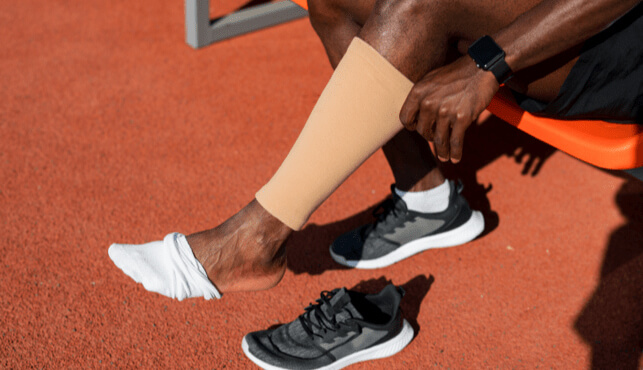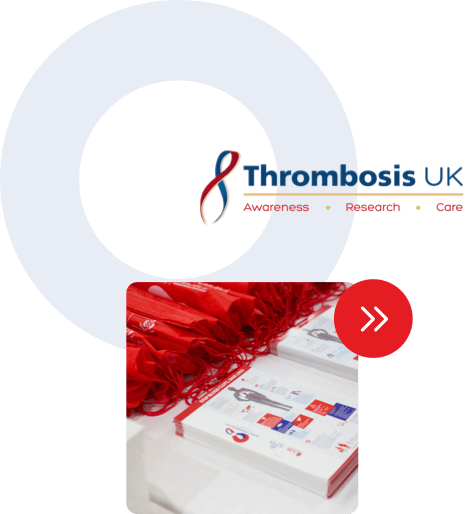Recovery
Coping and Living Well During Treatment
Experiencing a blood clot is a life-changing event and recovery can often be a long road. It is important to take care of yourself mentally and physically following a blood clot diagnosis. Learning about the condition and taking charge in your treatment can help you feel more in control.
The World Thrombosis Day campaign uses the term “blood clot survivor” to refer to anyone who has been diagnosed with a blood clot, no matter where they are in the course of their condition. In this section, you will find information on recovery and staying active and healthy during and after your treatment.

Anticoagulation Treatment Varies for Each Patient
The primary prophylaxis (treatment for a blood clot) is anticoagulation, also known as a blood thinner. Although each patient is different, the duration of treatment depends on several factors, including the location of the clot, what risk factors contributed to the clot, risk factors that may contribute to reclotting, how well anticoagulation has worked and the patient’s lifestyle. It is important to build a relationship with your healthcare professional and to discuss your individual anticoagulation needs.


Post-Thrombotic Syndrome May Occur Following a Blood Clot
Post-thrombotic syndrome (PTS) is caused by the valves or walls of the veins being damaged by a deep vein thrombosis (DVT) and can often be a debilitating consequence of a blood clot.
Treatment for PTS can include compression stockings and intermittent pneumatic compression devices. In some cases, doctors may advise surgery. Movement and exercise such as walking, ankle flexing and elevation of the legs have been found to improve the symptoms of PTS.
Protecting Your Mental Health
Research indicates that in addition to the physical symptoms following a blood clot diagnosis, patients may experience a range of mental health issues, including anxiety, depression and post-traumatic stress disorder.
Patients are encouraged to develop a plan to help with managing the anxiety that accompanies blood clots that includes open conversation with their doctors, seeking professional mental health services, and leaning on the support of friends and family. Support groups to help manage post-thrombotic anxiety are also encouraged to provide a space in which patients and survivors can connect.
Talk with your caregiver(s) and/or loved ones about any emotions you may be feeling during your blood clot journey.



